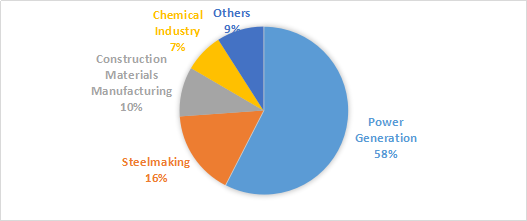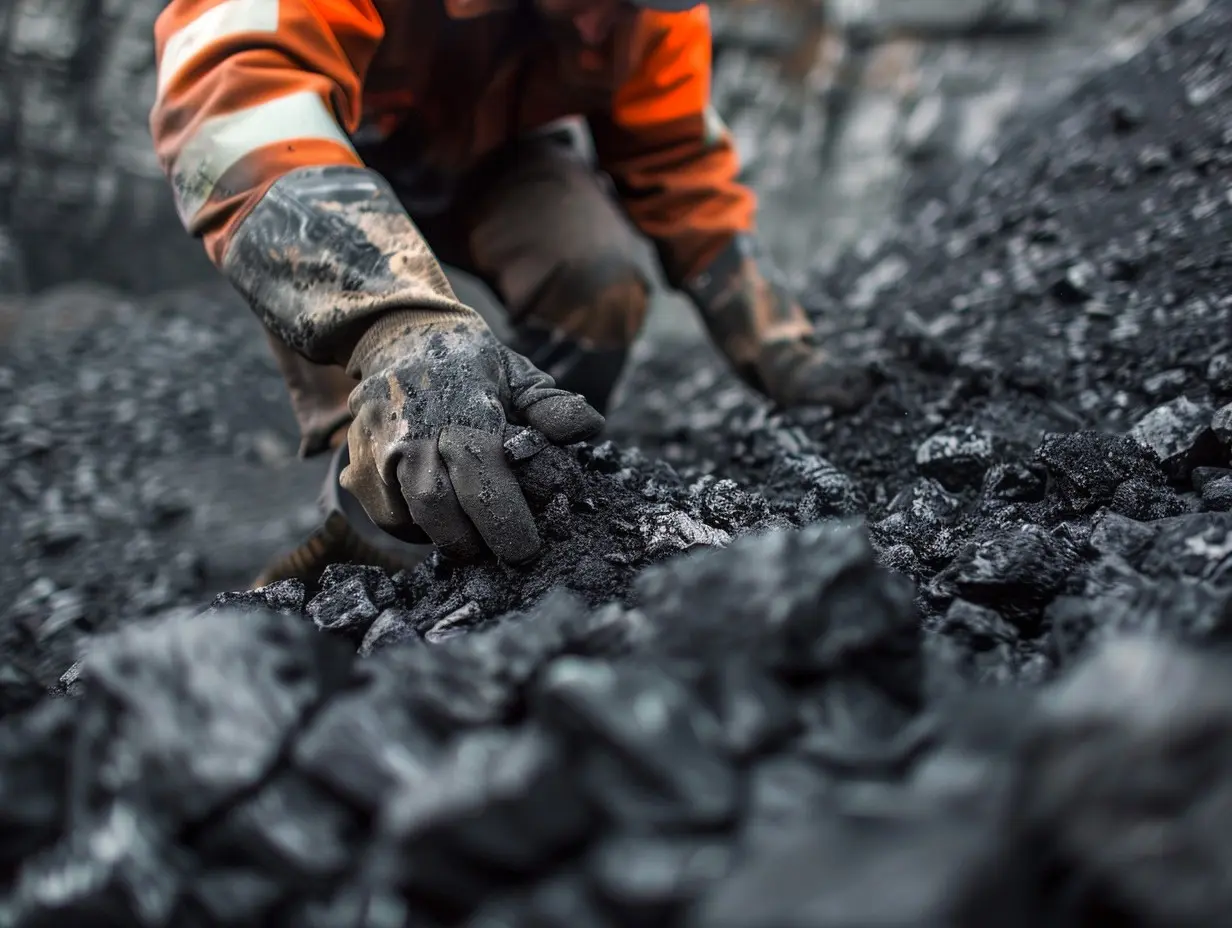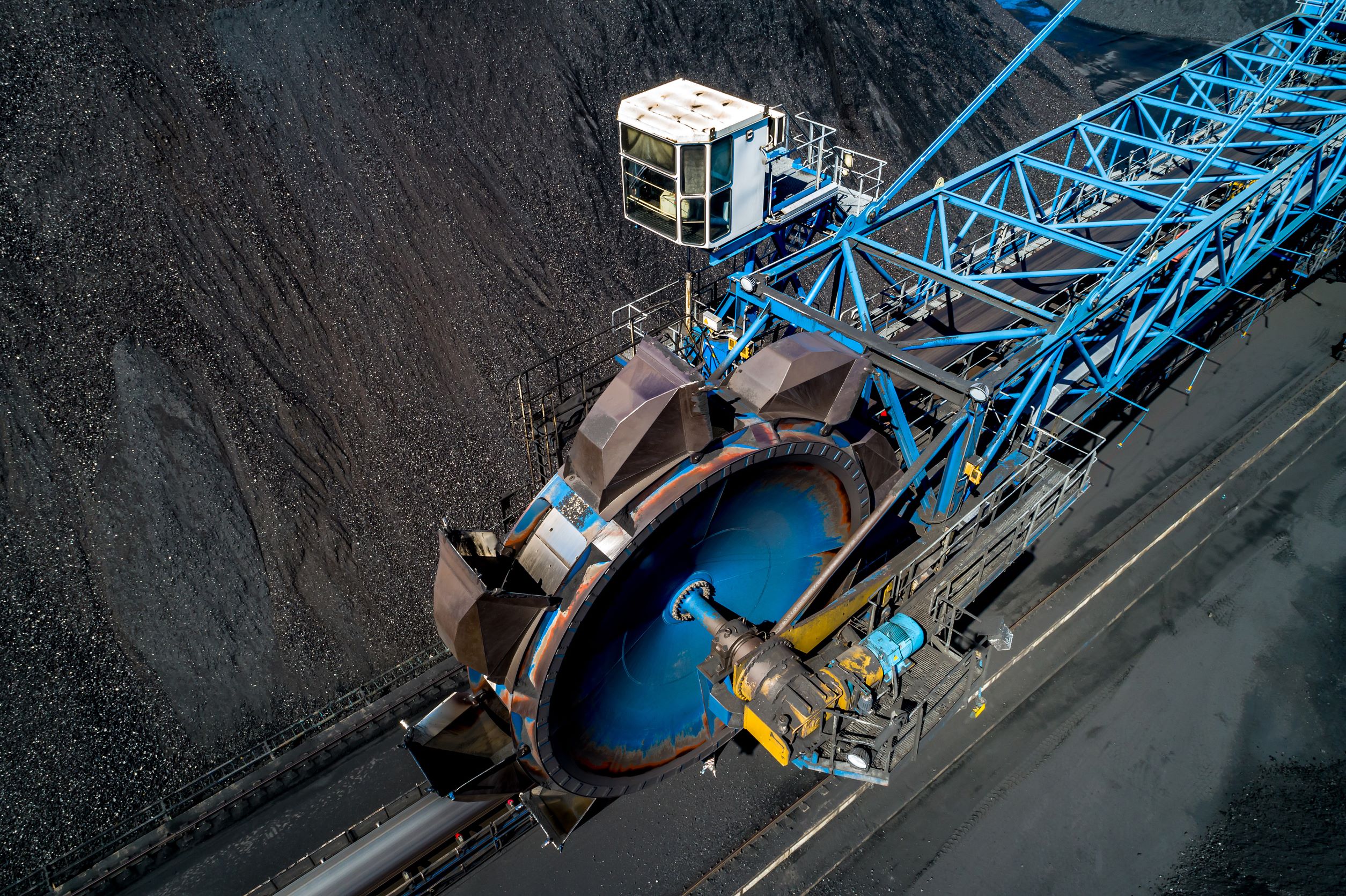

(Mysteel) In its latest draft for China’s coal industry development strategy, the China National Coal Association (CNCA) proposes to limit the country’s total coal consumption within 4.2 billion tonnes by 2025 on the assumption that coal will remain China’s core energy generation source, while the proportion of clean energy will incline further in the coming years.
Over China’s 14th Five-Year planning period (2021-2025), coal’s contribution to China’s power consumption will decline further in the ratio as a result of China’s economic growth remodeling and higher proportion of clean and renewable energy at lower costs and higher efficiency, CNCA elaborated.
However, coal will continue to be a core energy source in China, as the country will continue with its high-paced industrialization in the years to come, it will still play a crucial role in balancing the domestic energy supply, and its consumption, thus, will continue to increase, though the annual growth may slow down further to within 1% on year over 2021-2025, CNCA pointed out.
coal will continue to be a core energy source in China
As for 2019, China’s coal consumption totalled 3.98 billion tonnes for all the sectors including power generation, steel, construction materials, and petrochemicals, or up 1% on year, though the coal used in power consumption fell to 57.7% of the total, or down 1.5 percentage points on year, according to the official data from the National Bureau of Statistics (NBS).
In accordance with the coal consumption projection, CNCA suggested in the draft to limit China’s coal output for all the purposes within 4.1 billion tonnes by 2025, and to reduce the number of domestic coal mines to 4,000 from 5,300 in 2019 via mergers and acquisitions and closures.
Every year, China imports coal to fill up the supply gap, Mysteel Global noted, and in 2019, its coal net imports reached 294 million tonnes, or up 6.3% on year, according to the NBS data.
The CNCA proposal for 2021-2025 indicates that China’s coal output will grow at a faster pace than coal consumption, just as what happened in 2019 when the county’s coal production grew by 4% on year to 3.85 billion tonnes, according to the NBS data.
In the 13th Five-Year Energy Plan (2016-2020) released by the China Energy Administration, the targets are to cap the country’s coal consumption within 4.1 billion tonnes and coal output within 3.9 billion tonnes by 2020.
CNCA, headquartered in Beijing, has enrolled almost all the large-sized domestic coal mining companies as its members, and it has been acting as a think tank to China’s central government in drafting the coal industry’s development and restructuring strategy.
Follow Mysteel on Twitter:
[tfws username=”MysteelGlobal” height=”700″ width=”350″ theme=”light” color=”#FAB81E” tweets=”2″ header=”yes” footer=”yes” borders=”yes” scrollbar=”yes” background=”yes”]












